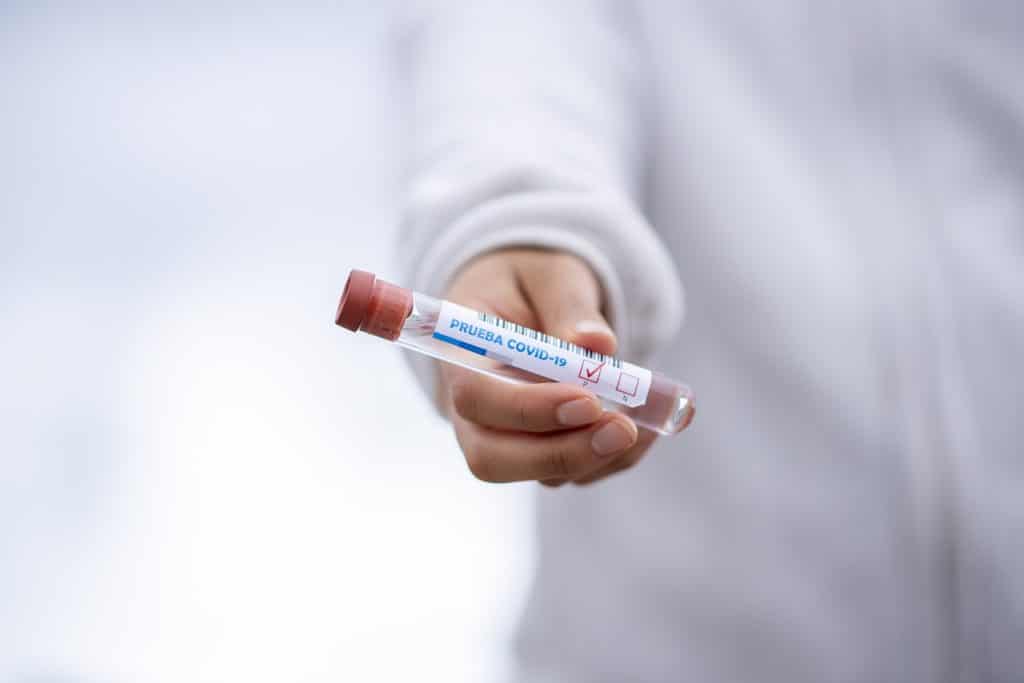COVID-19 has spread at an alarming speed globally, pushing countries to adopt different strategies to contain the pandemic, including regular COVID-19 testing. Testing is an essential component of pandemic response measures, and the accuracy of the results is critical for proper treatment and tracing activities. It falls on the shoulders of laboratories to ensure that they follow the latest guidelines offered by the Centers for Disease Control and Prevention (CDC) to guarantee that the testing process is safe and accurate. GS Labs discusses how different laboratories ensure safety and accuracy while adhering to CDC guidelines.

Sample Collection:
One of the most vital steps in COVID-19 testing is collecting the samples. CDC guidelines instruct the use of specific swabs, transport medium, and guidelines for the collection of samples. Laboratories in the United States have been performing COVID-19 testing since February 2020, which brings enormous pressure to ensure they can manage the high testing volume while retaining quality. Large labs have explored using self-collection kits, which reduce close contact with patients while maintaining accuracy in the results.
On the other hand, smaller laboratories have been advised to follow strict safety measures when collecting patient samples. This includes using personal protective equipment (PPE), maintaining social distancing, and disinfecting the areas where sample collection occurs.
Testing Procedure:
Once the samples are collected, keeping them safe, preserving them, and transporting them to the laboratory without damage is vital. Laboratories must follow CDC guidelines to determine the required testing process, including detecting specific types of viruses. Different types of tests are available, such as Antigen, Molecular, and Antibody Tests. Laboratories need to have adequately trained staff who can handle large volumes of tests without compromising on quality.
Automation:
The COVID-19 testing process comprises multiple steps: sample collection, transport, testing, and data interpretation. Laboratories that have adopted automation in their testing processes have seen vast improvements in their testing capacity and quality. More extensive labs now use robust software programs that track every phase of the testing process to ensure CDC guidelines’ adherence accurately.
One way laboratories automate the testing process is by using robotic pipetting systems. These systems cut down on manual labor and reduce the chances of human error, thus guaranteeing accuracy in results. Moreover, these systems can handle many samples simultaneously, providing faster turnaround times for results.
Quality Control and Assurance:
The COVID-19 testing process involves several stages that require internal and external quality control deployment. Laboratories must use specific techniques to ensure accurate testing results, including positive and negative controls. External quality assurance performed by institutions like the College of American Pathologists helps verify and ensure that laboratories adhere to CDC guidelines.
Moreover, laboratories must maintain proper documentation of their quality control measures and regularly review results to identify improvement areas. Quality assurance ensures that the testing process is consistent and reliable.
Reporting:
The final step in the COVID-19 testing process is transferring test results to healthcare providers and reporting to public health officials for contact tracing. Laboratories must establish secure and efficient reporting processes to handle large data volumes without compromising data accuracy. Laboratories have been investing in developing secure and scalable reporting software programs to handle the high volumes of data.
In addition to following CDC guidelines, laboratories must comply with federal and state regulations while performing COVID-19 testing. This includes obtaining proper certification and maintaining accurate documentation of the testing process. Furthermore, labs must also ensure the safety and well-being of their staff by providing appropriate personal protective equipment (PPE) and adhering to social distancing guidelines.
Conclusion:
COVID-19 testing is vital in curbing the pandemic and reopening the economy. Laboratories must follow CDC guidelines to ensure testing accuracy and maintain safety while testing. The sample collection process, proper use of testing methods, automation, quality assurance, and reporting are stages that laboratories must handle with extreme caution to ensure proper results. Laboratories have taken significant steps towards quality control and consistency while handling large volumes of tests. Laboratories deserve praise for their dedication to ensuring the safety of their employees and the accuracy of their results while adhering to CDC guidelines.


